RESEARCH IMPACT & COLLABORATIONS
Leading research to transform buildings into intelligent systems
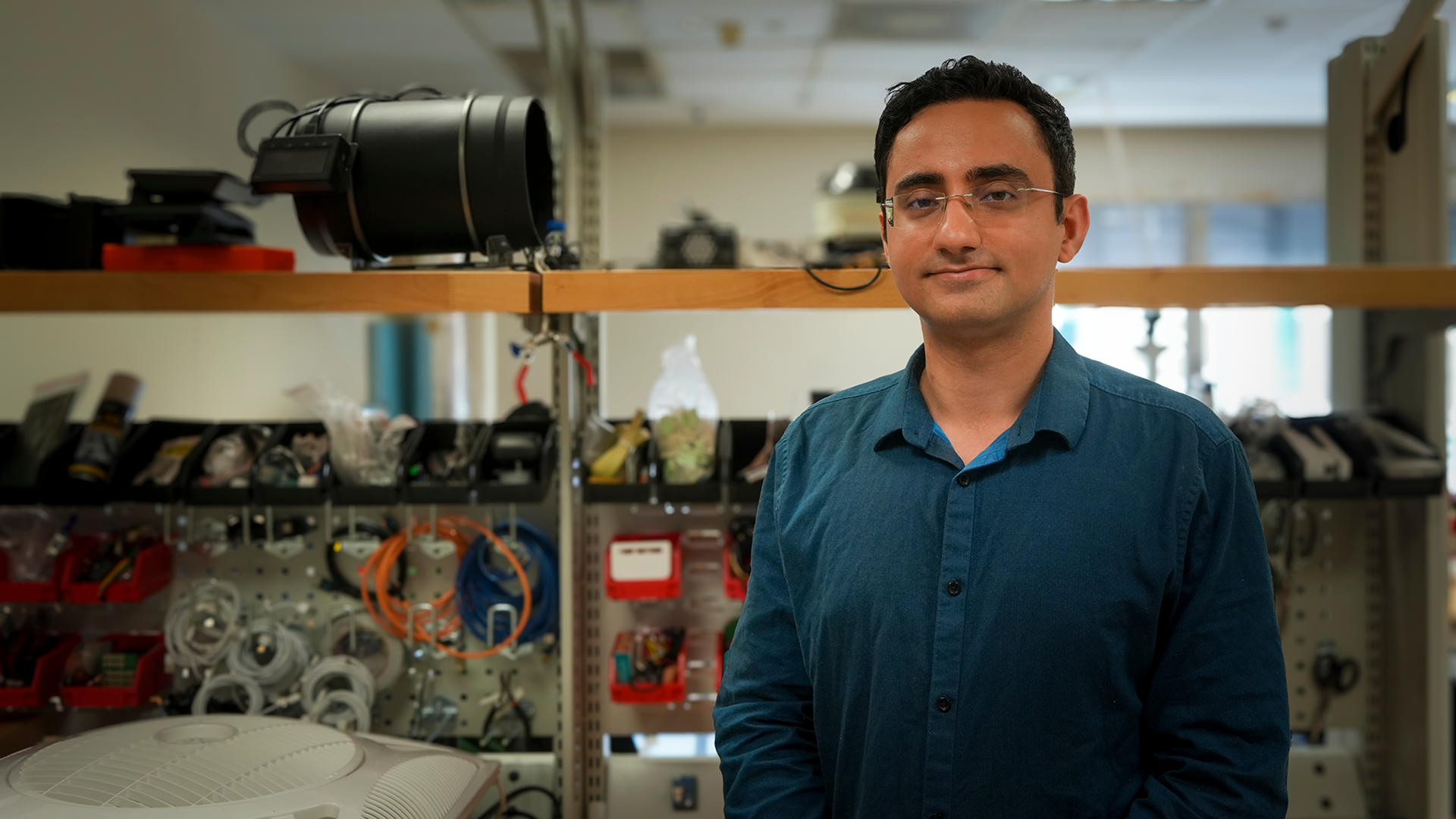
“We view buildings as robotic ecosystems - systems that can perceive, learn, and adapt to the people inside them.”
Assistant Professor Ali Ghahramani (Presidential Young Professor, Department of the Built Environment), leads research at CDE that redefines how we think about buildings: not as static infrastructure, but as intelligent, human-centric environments. As head of the Building Robotics Laboratory, his team brings together expertise from engineering, computer science, design and the social sciences to create smart systems that respond in real time to human comfort and energy needs.
In this Q&A, Asst Prof Ghahramani shares his vision for the future of the built environment, the technologies making it possible, and why collaboration with industry and policymakers is key to impact.
Read more here.
AI customises heart valve treatments for men and women
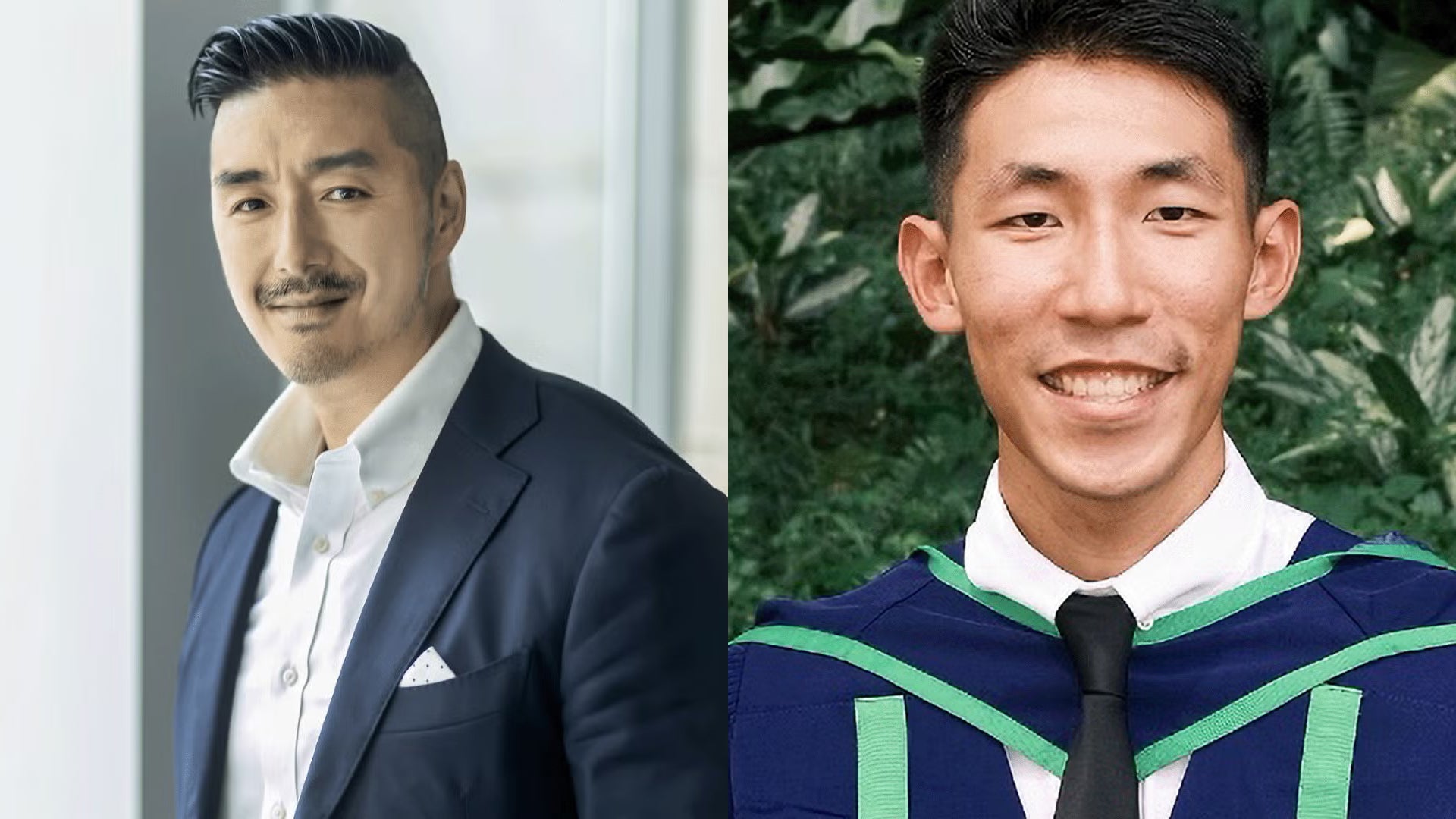
“Men and women may need different medications to achieve the best outcomes. Using AI, we can identify these differences quickly and design personalised treatments”
That’s the thinking behind a new AI-led study by researchers from NUS and UC San Diego, which could change how we treat one of the world’s most serious - and overlooked - heart conditions.
A team of international researchers co-led by Professor Dean Ho (Head, Department of Biomedical Engineering at CDE and Director of the Institute for Digital Medicine (WisDM) at NUS Medicine) and Professor Brian Aguado at the University of California, San Diego, used a platform called IDentif.AI to pinpoint drug combinations tailored to the biological differences between men and women with aortic valve stenosis (AVS), a disease that affects 1 in 8 people over 75.
For decades, heart drugs have largely been developed and tested with male patients in mind, often overlooking crucial differences in how women respond to treatment.
Their findings suggest that personalised, sex-specific therapies could help patients avoid invasive surgery and close a long-standing gap in cardiovascular care.
Read more here.
Biomaterial shows how ageing in the heart could be reversed
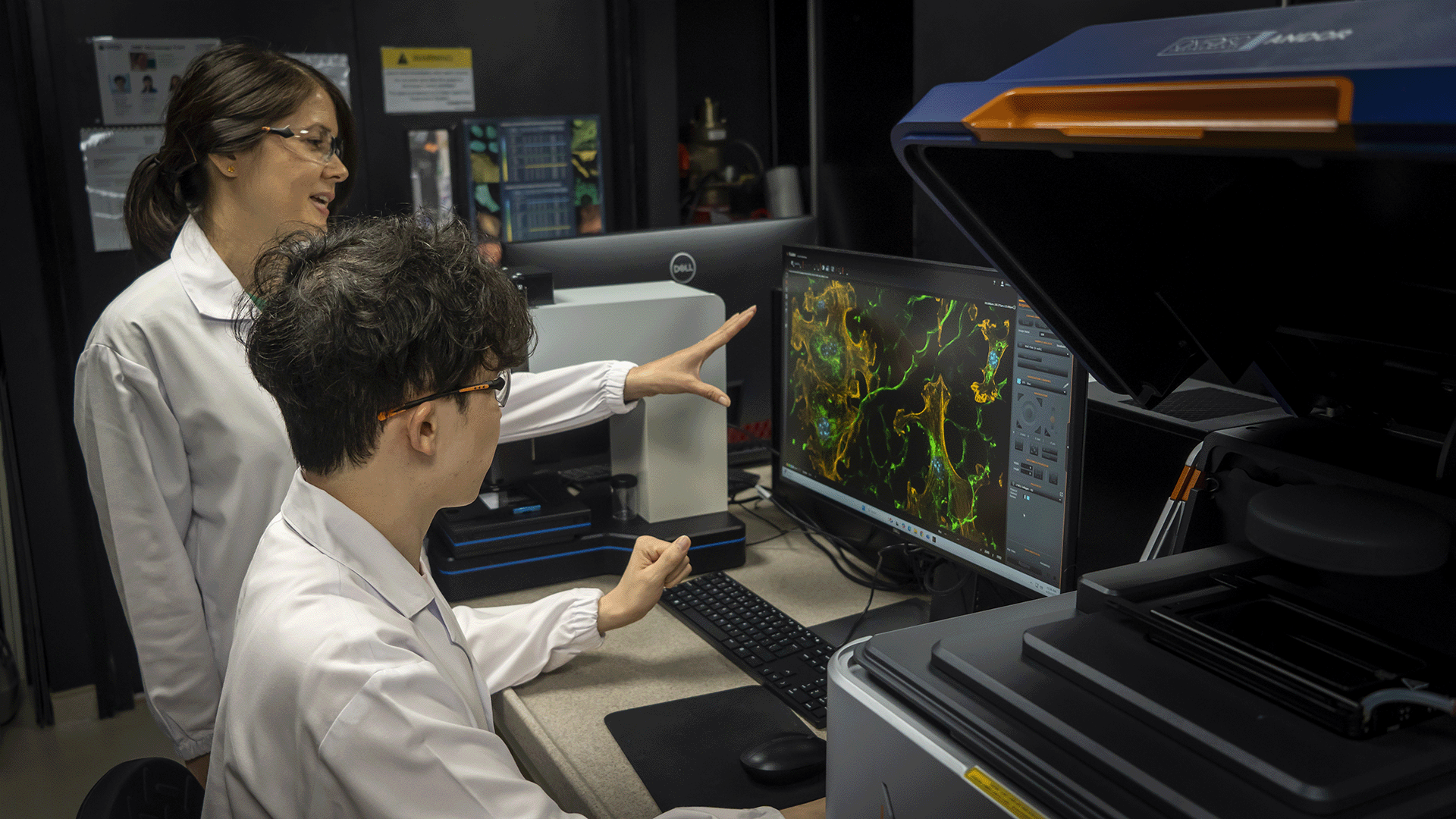
\Making old hearts young again.
A new biomaterial could pave the way for therapies that slow, or even reverse, the effects of ageing in the heart. Not by targeting the heart cells directly, but by restoring the environment that surrounds them.
Known as DECIPHER, the material allows scientists to study how stiffness and biochemical signals in heart tissue influence cell behaviour, revealing that chemical cues from ‘young’ tissue can actually reverse signs of ageing in heart cells.
“This showed us that the biochemical environment around aged heart cells matters more than stiffness,” said Assistant Professor Jennifer Young (Biomedical Engineering), who led the research.
“This suggests that if we can find a way to restore these signals in the ageing heart, we might be able to reverse some of the damage and improve how the heart functions.”
Read more here.
Nanoparticle smart spray helps crops block infection before it starts
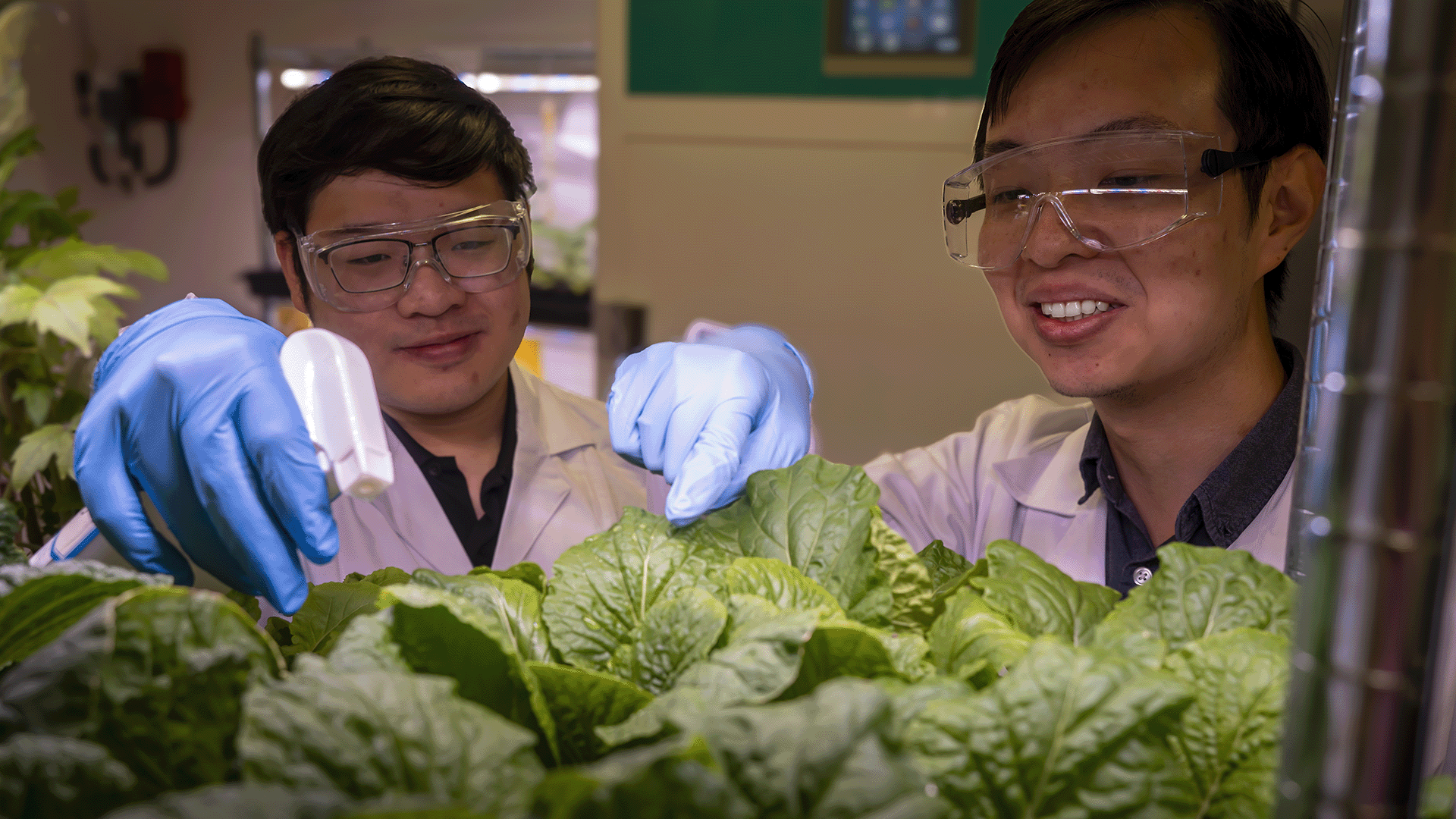
“Climate change is making it easier for plant diseases to spread and harder for farmers to keep them under control. We need smarter tools that help plants protect themselves in a more precise and sustainable way.”
A new nanoparticle smart spray developed at CDE could help crops defend themselves by blocking harmful bacteria from entering through tiny pores in their leaves.
The spray called ‘SENDS’ has been developed by a team led by Asst Prof Tedrick Lew (Chemical and Biomolecular Engineering) and is designed to deliver antibacterial compounds directly to the plant’s stomata - the pores on a plant’s leaves that let it breathe, but which can also act as gateways for infection.
“The particles are designed to stick precisely to these pores, like a lock finding its key,” said Asst Prof Lew.
In lab tests, the research team showed that plants treated with the targeted particles were 20 times more resistant to infection than those given non-targeted treatments. The research was published recently in Nature Communications.
Perovskite tandem solar cell achieves new efficiency record
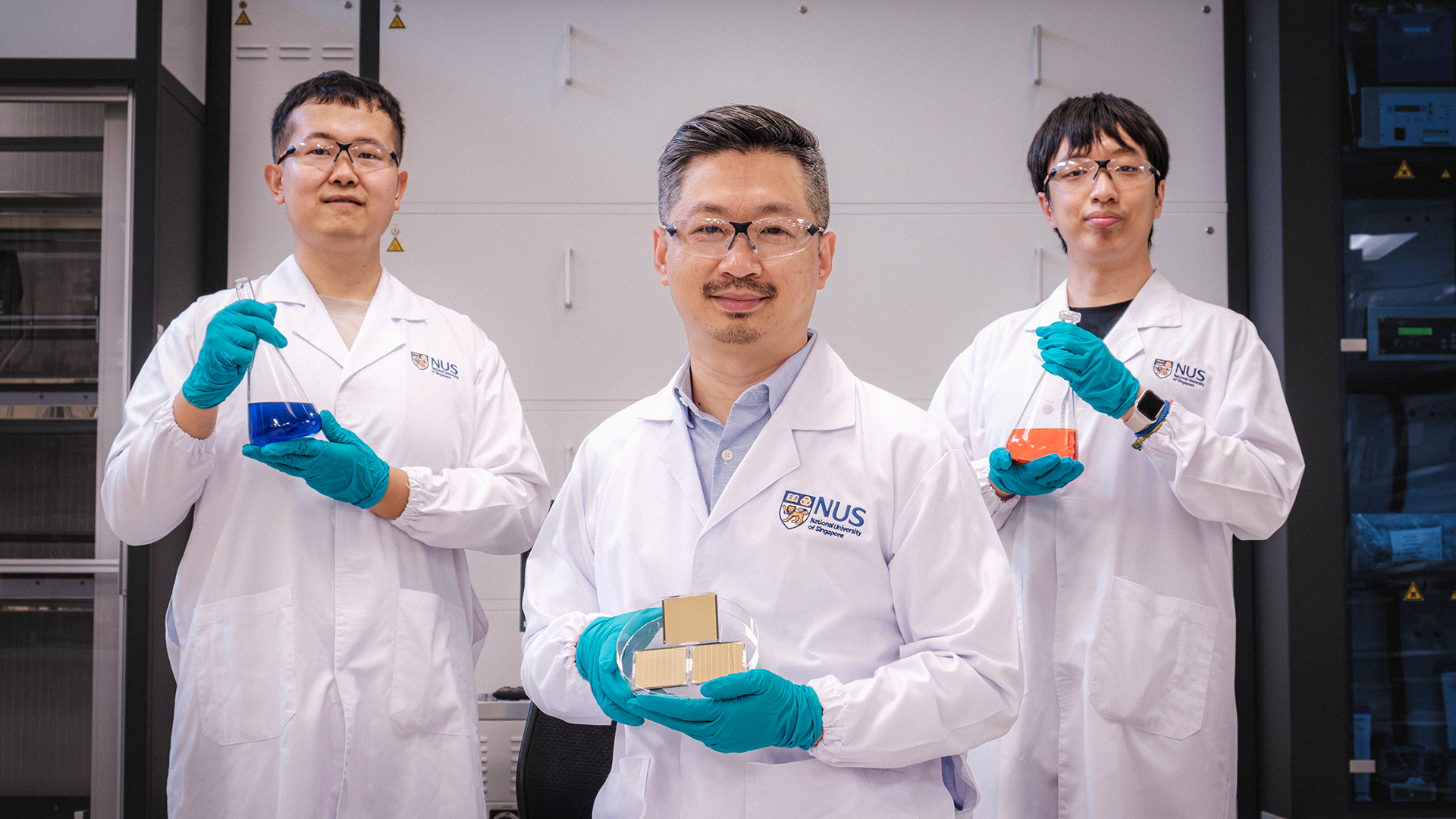
World-record efficiency breakthrough for perovskite-organic tandem solar cell.
A flexible solar cell developed by researchers at CDE has achieved a certified world-record power conversion efficiency of 26.4 per cent over a one cm² active area, the highest reported performance for its class. The achievement marks a step forward in efforts to develop lightweight, high-efficiency solar power solutions.
Narrow-bandgap organic absorbers built into the device, allowing it to harvest near-infrared (NIR) light more effectively, helped the researchers overcome a long-standing challenge in thin-film tandem solar cells. The absorbers extend light capture deeper into the solar spectrum, improving energy conversion without compromising charge separation.
Known for his work in next-generation photovoltaics, the research was led by Asst Prof Hou Yi (Presidential Young Professor, Chemical and Biomolecular Engineering and head of the Perovskite-based Multijunction Solar Cells Group at the Solar Energy Research Institute of Singapore (SERIS) at NUS). The team’s breakthrough was published in Nature on 25 June 2025.
Recognised for their lightweight and flexible form, perovskite-organic tandem cells are especially promising for powering drones, wearable electronics, smart fabrics and other portable AI-enabled devices.
Read more here.
Shaping the future of technology with new materials
Quantum materials are rewriting the rules of electronics and Assistant Professor Denis Bandurin (Presidential Young Professor, Materials Science and Engineering at CDE and PI at the Institute for Functional Intelligent Materials) is at the forefront of this shift.
In this Q&A video, he explains how ultra-thin materials can show surprising behaviours - like superconductivity, magnetism, and unexpected ways of conducting electricity - and how his lab uses terahertz waves to explore these effects at incredible speeds.
The result? A new class of ultra-fast sensors that could power beyond-5G communication, autonomous vehicles, and data-heavy technologies like AR and VR.
Watch the video to see how research at CDE is shaping the future of electronics.
Paving the way for ultrafast, energy-efficient memory and logic devices
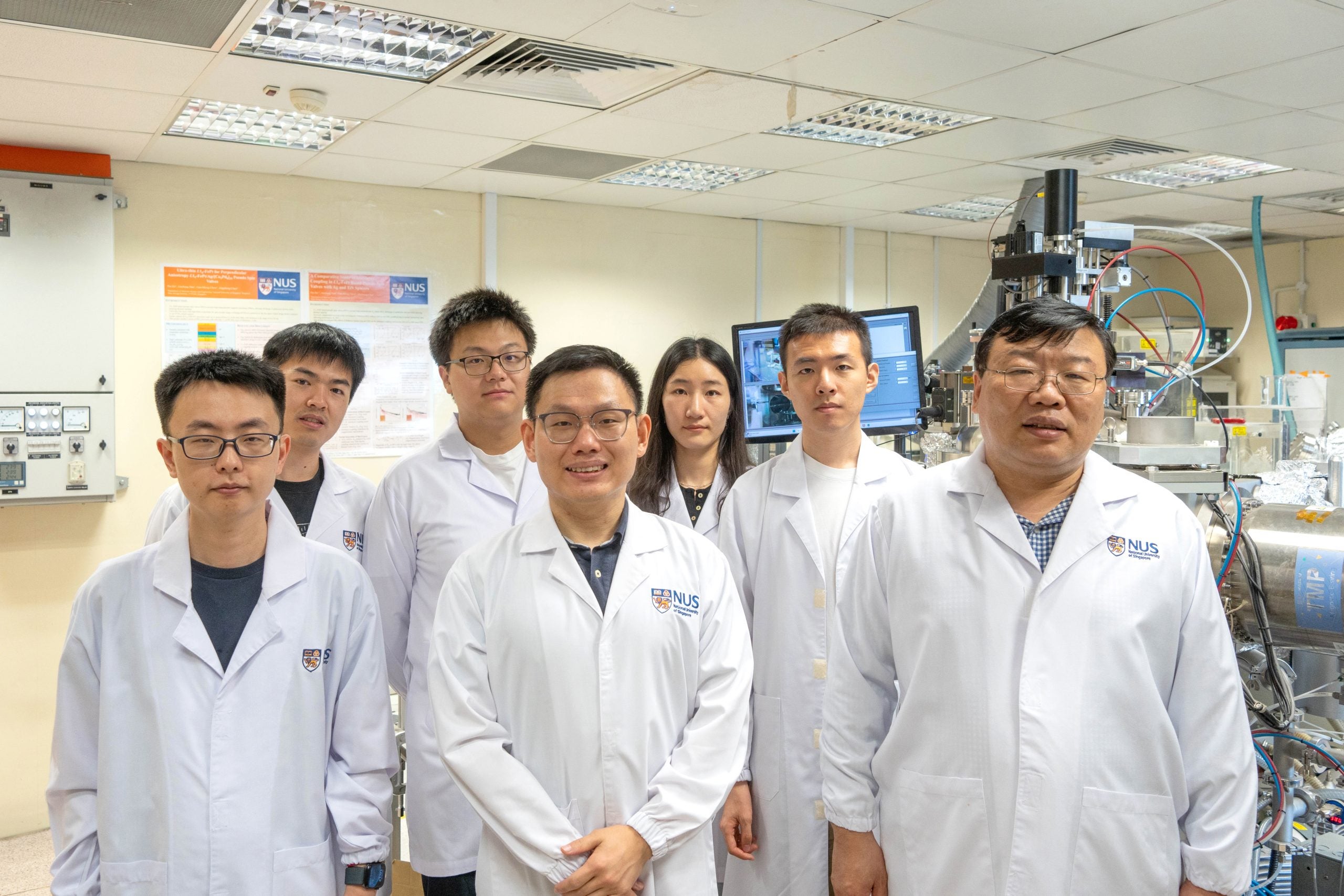
A team led by Professor Chen Jingsheng from the Department of Materials Science and Engineering has successfully demonstrated all-electrical perpendicular switching of chiral antiferromagnetic order — a long-sought capability that paves the way for ultrafast, energy-efficient memory and logic devices beyond conventional electronics.
"This is a big step toward practical antiferromagnetic spintronics," added Prof Chen, "and it could open up a new class of devices based on chiral spin textures, combining speed, stability, and miniaturisation."
Read more here.
Next generation of district cooling systems
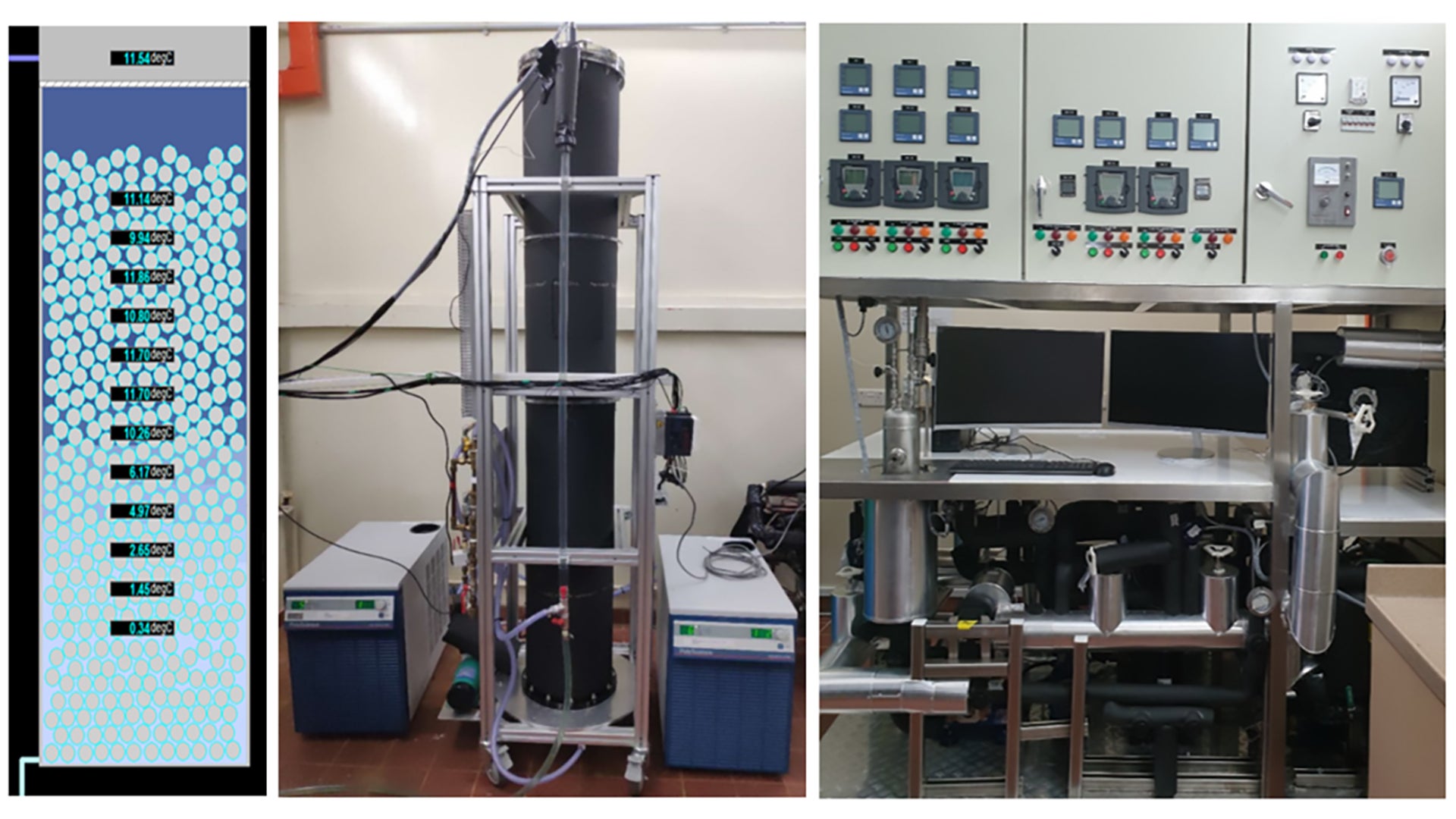
In March 2025, SP Group (SP) began operations for a distributed district cooling (DDC) network in Tampines, Singapore’s first town centre. This exciting development heralds a major milestone for Singapore, designed to enhance energy efficiency and reduce carbon emissions in townships.
The Thermal Systems Group within Mechanical Engineering has developed significant expertise in the research and development of District Cooling Systems (DCS). The team has engineered a next-generation phase change material (PCM), along with an innovative container heat exchanger and a plant-scale PCM thermal storage system incorporating stratification control technology as well as real-time optimisation and demand prediction control software.
The innovative PCM minimises supercooling through the addition of nucleation agents and addresses common PCM limitations by significantly improving thermal conductivity, specific heat capacity, and reducing stratification and material costs. This hybrid PCM-based thermal storage system, combined with intelligent real-time optimisation, offers the potential for more efficient DCS plant operation. Benefits include peak cooling and electricity demand reduction, lower capital and operating expenses, space savings, improved power reliability, and reduced greenhouse gas emissions.
In January 2025, Group researchers co-authored a new book titled "Next Generation of District Cooling Systems for the Tropics”, published by World Scientific. This publication offers a thorough overview of the latest advancements in smart district cooling systems worldwide. From smart chiller and pumping control and scheduling strategies to recent Artificial Intelligence (AI), Machine learning (ML), and blockchain (BC) developments in the field, the publication focuses on the context of urban thermal management, integrating district cooling and heating systems and decentralised energy systems.
“This timely publication provides a comprehensive and practice-oriented guide to the design, operation, and management of district cooling systems – an area of growing importance in our global push for sustainable urban infrastructure. It draws on case studies from leading implementations and offers valuable insights into energy efficiency, lifecycle economics, and climate adaptation strategies,” stated Professor Lee Poh Seng, Head, Mechanical Engineering.
Click here to find out more about the book.
Developing decentralised multi-agent autonomy for Uncrewed Surface Vessels (USVs)
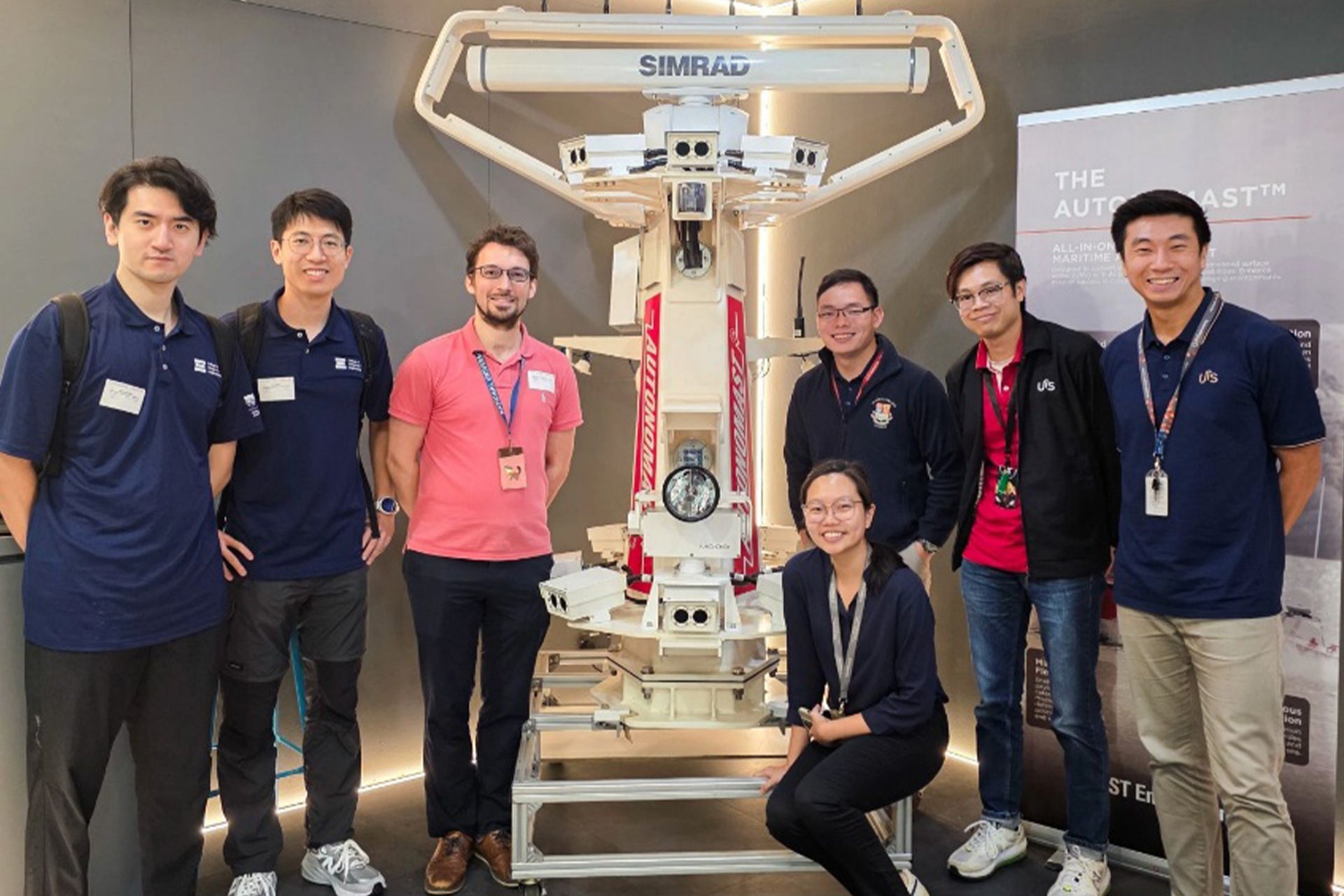
Major Grants Awarded
The major grants (start date in June 2025) with total project value > $1M.
| Hosting Unit | Project Title | Funding Programme (Source of Funding) |
Principal Investigator | Co-Investigator |
| Smart Systems Institute | Research and development of a VIP protection training simulation (VPTS) proof-of-concept (POC) system | (HTX) | Yen Ching-Chiuan | |
| Centre for Quantum Technologies | Strongly enhanced nonlinear interaction using optical resonators (SENIOR) | MOE ACRF tier 3 programme – 2024
(MOE) |
Zhu Di | |
| Chemical and Biomolecular Engineering Department | Electro-biocatalytic conversion of CO2 into valuable aromatics | NRF open/general competitive research program (NRF-CRP) – 2024
(NRF) |
Li Zhi, Wang Lei |


